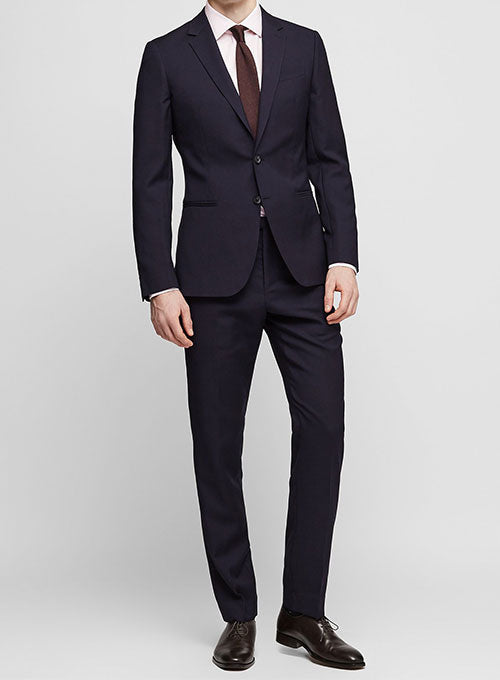Top Tailor Perth: Extraordinary Craftsmanship for Tailored Suits
Understanding the Tailoring Process: From Material Choice to Final Fitting for the Perfect Wardrobe
The customizing procedure is a complicated interplay of art and scientific research, starting with the important choice of material choice and culminating in the precise modifications of last installations. Each fabric type brings one-of-a-kind qualities that affect not only the aesthetic appeal yet additionally the garment's long life and viability for different events.
Significance of Textile Choice
Selecting the appropriate textile is essential in the customizing process, as it straight influences the convenience, resilience, and general visual of the final garment. The choice of textile sets the foundation for the garment's efficiency, capability, and design. Different materials possess distinct properties, such as breathability, stretch, and weight, which can significantly affect how the garment drapes and fits the body.

A tailored item made from an appropriate textile not just showcases workmanship however likewise boosts the wearer's self-confidence. Subsequently, comprehending the subtleties of material option is extremely important for any kind of customizing undertaking. It ensures that the last product not only satisfies the aesthetic desires of the customer however additionally aligns with practical requirements, thus achieving a harmonious equilibrium between form and feature in the tailored wardrobe.
Types of Fabrics and Their Uses
Comprehending the numerous types of textiles available is vital for making educated decisions during the tailoring procedure. Each fabric possesses special attributes that dictate its viability for specific garments and events.
Its adaptability allows it to be customized into everything from t-shirts to gowns. Its natural flexibility helps garments maintain form over time.
Silk exhibits deluxe and is light-weight, making it ideal for eveningwear and delicate shirts; nonetheless, it calls for mindful handling because of its frailty. Bed linen, with its distinctive surface, is a prominent selection for warm climates, providing a crisp and airy feeling, but it wrinkles easily, which might influence the garment's appearance.
Synthetic textiles, such as polyester and nylon, offer resilience and resistance to creases, making them suitable for day-to-day wear and active clothes. Understanding these textile types and their residential or commercial properties enables far better decision-making, guaranteeing that each customized piece not only fits well but additionally lines up with the designated function and celebration.
The Tailoring Strategies Explained
The art of customizing relies upon a range of strategies that transform material into well-fitted garments. Central to this process is pattern preparing, where a tailor creates layouts based on the customer's measurements and wanted style. This preliminary step makes certain that the garment will fit the user effectively prior to any cutting takes place.
Once patterns are developed, cutting strategies enter into play. Accuracy is critical as inaccuracies can result in misfitting garments. Tailors commonly use different reducing techniques, such as single-layer cutting for detailed designs and multiple-layer next reducing for effectiveness on conventional patterns.
Basting is one more necessary method, enabling tailors to temporarily stitch textile pieces together for a preliminary fitting (tailor suits perth). This method supplies the possibility to examine the drape and general silhouette before final stitching
Seaming techniques, consisting of flat-felled seams and French seams, boost the garment's longevity and visual appeal. Tailors additionally utilize methods such as interfacing and padding to give framework and shape to details areas, like collars and shoulders.
Lastly, ending up techniques, consisting of hemming and edge finishing, make sure the garment's long life while supplying a polished appearance. Together, these strategies form the foundation of effective customizing, resulting in elegant, custom-fit garments.

Suitable Modifications and Considerations
After the initial customizing methods have been used and the garment is built, fitting changes come to be vital to achieving the perfect fit. These changes attend to various facets of the garment, ensuring it contours to the user's physique and enhances total appearance.

The rise of pants is one more vital element; it should sit conveniently above the hips without triggering discomfort, enabling check this site out simplicity of movement. Hemming sizes for both pants and skirts should mirror the wearer's preferred design while appreciating percentages.
Additionally, interest should be offered to the back of the garment, ensuring that there are no undesirable pulls or excess material - tailored suits perth. Each modification should be thoroughly considered, as also minor alterations can substantially impact the general fit and visual of the tailored item, ultimately causing a wardrobe that exhibits confidence and refinement
Maintaining Your Tailored Apparel
Appropriate upkeep of customized garments is vital to maintaining their fit and appearance in time. To make certain longevity, routine cleansing is extremely important. Always follow the treatment label directions, which might advise completely dry cleaning for delicate materials or maker cleaning for even more durable materials. Avoid regular laundering, as this can use down the textile and alter the garment's shape.
Storage is equally essential; use padded hangers for coats and layers to keep shoulder framework, and shop pants folded neatly or hung to stop creasing. Safeguard garments from direct sunlight, which can fade shades and damages fibers.
Additionally, periodic evaluations for small repair work can prevent bigger issues. Look for loose switches, fraying joints, or indications of moth damages, attending to these troubles immediately to maintain the garment's stability.
Lastly, take into consideration seasonal rotation. Using customized pieces in small amounts allows materials to recover, prolonging their life-span. By implementing these upkeep strategies, you can make sure that your tailored garments stay as immaculate as the day you first wore them, boosting your perfect closet for several years to come.
Final Thought
The customizing process, including fabric selection, experienced techniques, and precise fitting changes, plays an important duty in creating garments that boost both comfort and style. Comprehending the importance of upkeep expands the life of tailored garments, solidifying their value in a well-curated wardrobe.